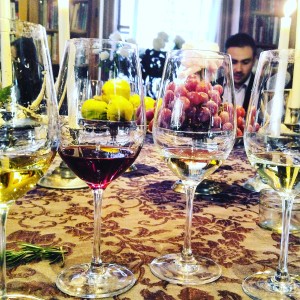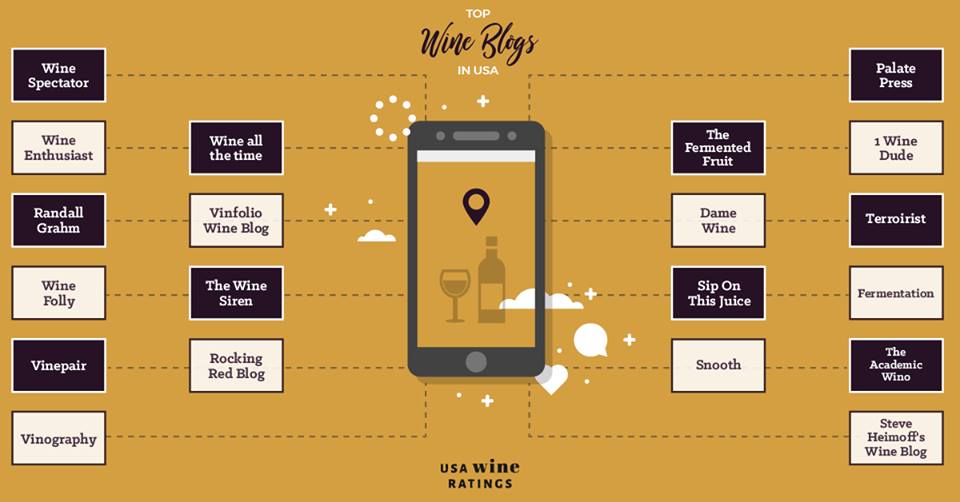
I am hopeful no one will take offense to this title. But it seems that those who flip out at my post titles never bothered to actually read the post itself.
But let us be honest. All of us have heard that Italian white wines are flavorless and simple. And white wines in general have the misconception of always being lower quality than red wines. Even though some of us may know there are some hidden gems in the Italian white wine, it is still a topic that desperately needs to be discussed since this misconception is still pretty dominant around the world.
Why do people think Italian white wines are ubiquitous?
Because the majority of Italian white wines on the shelves are simple wines. And this is not necessarily a bad thing. Many wine consumers do not want to be challenged by their daily alcoholic drink… maybe they want to place ice cubes in it on a hot summer day, or have a wine that can be opened during a gathering that will have a general mass appeal.
But I think there is a shift going on with wine tastes in the US. Wine has never been as popular with American drinkers, which is funny because it is losing its appeal with young drinkers in European wine drinking countries. This can be simply attributed to the idea that the younger generation doesn’t want to do what their grandparents practiced.
And so US wine consumers want more variety in varieties. I think there will always be a huge market for quaffable wines at a low price, but there is an increasing need for a little bit more complexity, and wine lovers are willing to pay more for an interesting experience. And this has led to some Italian producers paying more attention to lesser known indigenous varieties.
Italian White Wines
Bulk Pinot Grigo from the Veneto has certainly not helped the quality perception of Italian white wines, and Soave (Garganega) is another one that can be labeled as contributing to the “ubiquitous” perception, even though I recently had a Pieropan Soave that was incredible. And there are lovely Pinot Grigio wines from Alto Adige, as well as intensely aromatic Gewürztraminer, Sauvignon Blanc and Riesling, but none of the aforementioned are indigenous to Italy, interestingly enough.
Gavi (Cortese) and Roero Arneis get some recognition as being quality wines in exports markets, with Gavi being better known in America. This is due, in part, to their association to one of the greatest red wine regions of the world, Piedmont.
Yes, there are Orvieto and Etna white blends, and the good, bad and ugly of all the various Trebbiano incarnations – some are related to each other while Trebbiano d’Abruzzo has no relation to any other Trebbiano grape…
What about Vermentino?
Those of us who have been fortunate enough to have a nice Vermentino know what an extremely enticing aromatic wine it can be.
Vermentino
Vermentino is considered an indigenous variety of Italy, and the most notable ones are from Tuscany and Sardinia. I actually had a pretty one from Montecucco, Tuscany over a month ago.
Some like to compare Vermentino to Sauvignon Blanc, which I think is fair considering it can have a tendency towards a light body and aromatic nose, but some of the best are really unique in their qualities and offer a nice weight with a sustained length.
And last week I was able to experience Sardinia Vermentino three different ways by the same winery, Vigne Surrau. One was a fresher, more fruit forward style; the second was a more serious white wine with a rich texture and complex aromatics; and the final Vermentino was a luscious passito (grapes dried on trays) sweet wine.
Sardinia is a Mediterranean island off the coast of Italy. It is best known for its Vermentino and Cannonau wines. The only Sardinian DOCG is Vermentino di Gallura – DOCG is the highest quality assurance label a wine can receive in Italy, even though some may question its validity. But the Vigne Surrau Vermentino wines, which come from the Gallura DOCG, all had a nice balance of fruit, intensity, acidity and weight. The Gallura vineyards are known for their granite soils and the mistral wind that keeps disease pressure low while retaining good acidity levels.
Vigne Surrau uses different clones of Vermentino. For example, their Branu Vermentino clone produces smaller, less aromatic grapes for their fresh stainless steel version, compared to the Sciala Vermentino clone which produces more aromatic grapes for their more serious skin contact, battonage (lees contact to give creaminess on the palate) version. Also, they are experimenting with aging their top Vermentino wines and find they take on characteristics of Riesling when they evolve.
Are Ubiquitous Italian White Wines a Myth? Or Reality?
A little of both… stereotypes exist for a reason, but once we understand why they exist then we can understand the reality of them. It is not so much that Italian white grape varieties do not have the potential, but it is more of a question of them not being properly made for a high quality wine (lower yields and modern equipment) because there hasn’t been an existing market willing to pay more for interesting Italian white wines until recently. Grapes are like human beings – some of us get a later start in life than others for various reasons. And it doesn’t matter when you fulfill your potential, so long as you get the opportunity someday. Bravo to Vigne Surrau for helping Vermentino fulfill its destiny.











